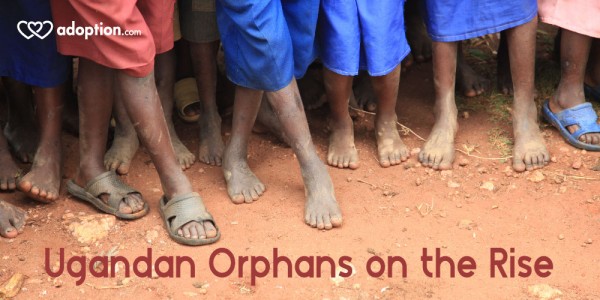Uganda is one of the poorest countries in the world and has one of the highest birth rates. These two characteristics make for increasing concern over international adoptions. With an economy based on agriculture, their boom in international adoptions has been financially helpful, but with that boom comes fear of child exploitation. (//news.yahoo.com/uganda-fears-children-overseas-adoptions-boom-160122097.html)
As the adoption numbers increase exponentially (a 400% increase from 2006 to 2013), more and more orphanages are being built, more adoption agencies are created, and more children are being removed from their homes and communities to fill the demand. Many birth parents in Uganda don’t fully understand what adoption actually is. In fact, the word “adoption” doesn’t even translate into the local language. Many believe they will get their children back. (//www.cnn.com/2013/02/27/world/africa/wus-uganda-adoptions/)
With not being part of the Hague Convention, the international agreement that was set up to protect children involved in inter-country adoptions, Uganda has no system for their government to accurately track adoptions. However, the United States does have systems in place and the Ugandan government does require orphan verification. Before a child can be brought from Uganda to the U.S., the orphan status must be verified and child qualification for immigration to the U.S. must take place. This system at least ensures that children adopted by U.S. citizens actually are orphans in need of adoptive families. There are currently 2.4 million orphans in Uganda–most of them orphaned because of HIV/AIDS.
On a positive note, the adoption process from Uganda is relatively short, taking four to eight weeks. Prospective adoptive parents are encouraged to work closely with their agency to ensure that orphan status is verified and immigration qualifications are met to prevent delay.
For more information on adopting from Uganda, please go to //adoption.state.gov/ and type “Uganda” in the search bar.

